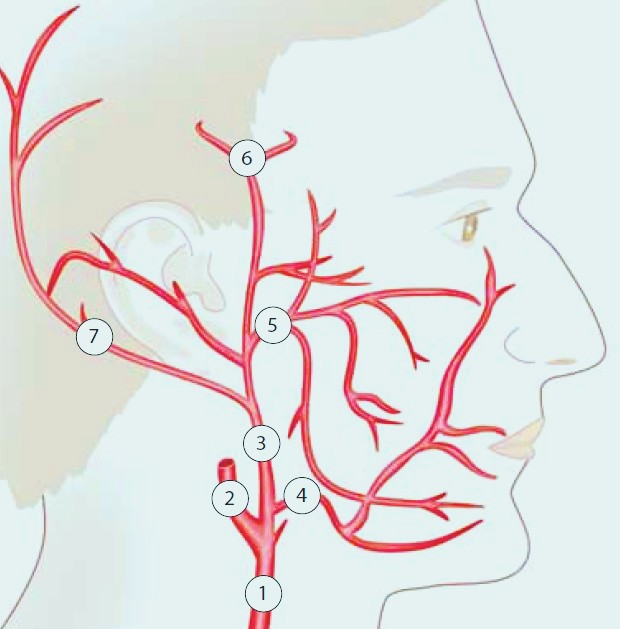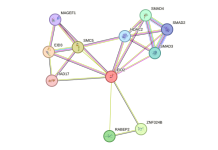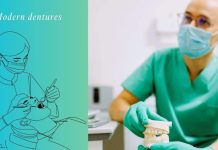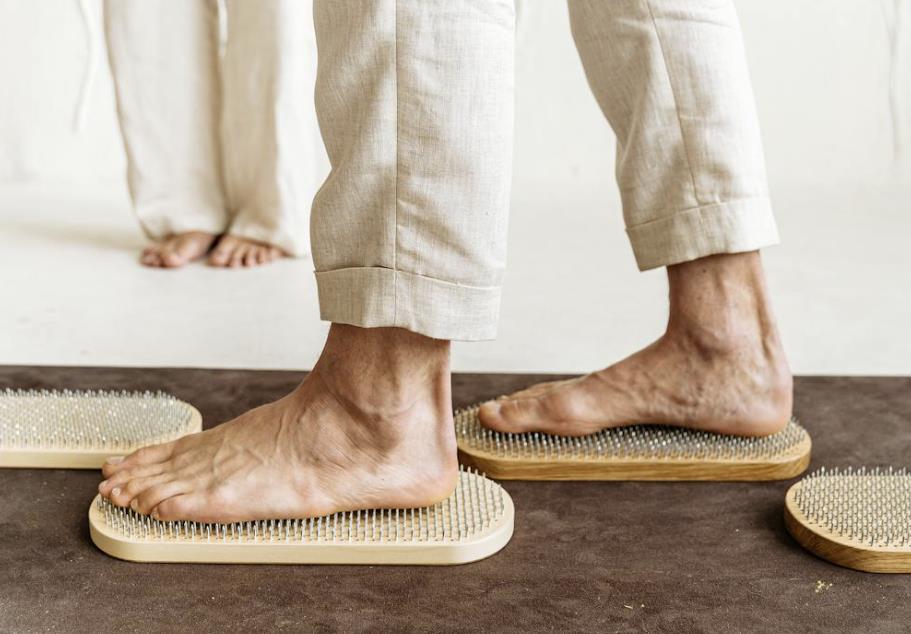Circulation of Blood in the Face: Blood circulation refers to the transport of blood through vessels. A large number of vessels supply blood to the face. Face tissues are supplied with oxygen- and nutrient-rich blood by arteries. Blood that is oxygen-poor leaves the face via veins. Each facial tissue is supplied with blood through the smallest blood vessels, called capillaries.
Face arteries: As the heart pumps blood to the arteries, it exerts a lot of pressure so that it can travel throughout the body. A major distributing vessel supplying blood to the facial region is the external carotid artery. There are four main branches, including the facial artery, which supplies the facial skin and mimic muscles, and the maxillary artery, which supplies the chewing muscles and deeper facial structures.
The facial arteries are divided into many smaller vessels, the arterioles, and finally into the smallest blood vessels, the capillaries, which form a dense network to serve all cells. All essential substances for the cells, including oxygen, nutrients, and hormones, pass through the thin walls of the blood capillaries and enter the surrounding tissues.
Facial veins: A vein is a vessel that transports waste products. As waste products leave the facial tissues, they are transported into the capillaries to be disposed of. Capillaries gradually become veins as they grow larger and larger. A facial vein follows the course of an artery. Veins have muscular walls that are thinner than those of arteries, but their blood pressure is lower. Blood flows only in one direction through veins, unlike arteries, which have small valves to prevent backflow. The external carotid artery separates from the facial arteries.
-
The common carotid artery
-
Carotid artery internal
-
Carotid artery external
-
Arteries of the face
-
Anatomy of the maxillary artery
-
Aorta superficial temporalis
-
Occipital artery

Circulation of Blood in the Face






